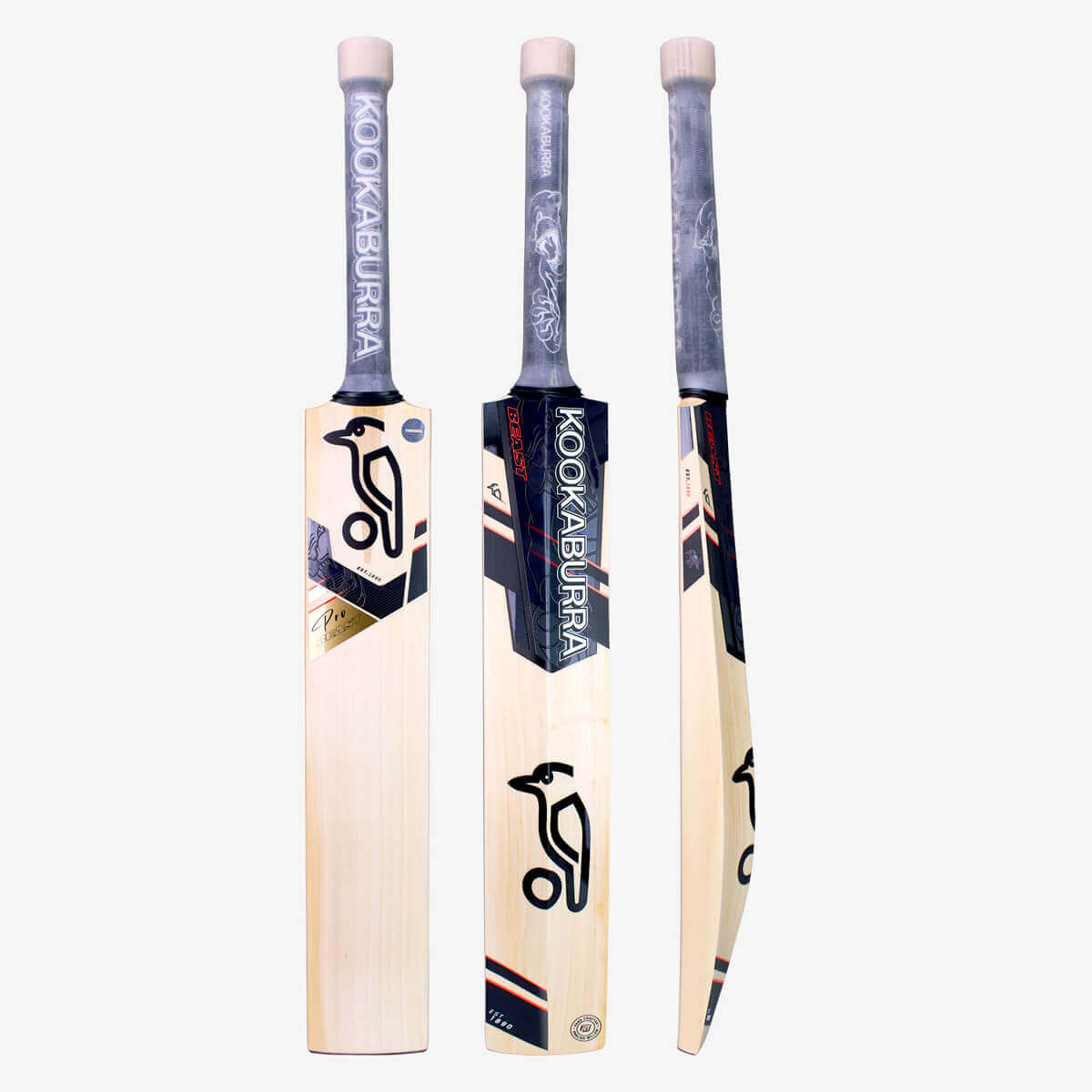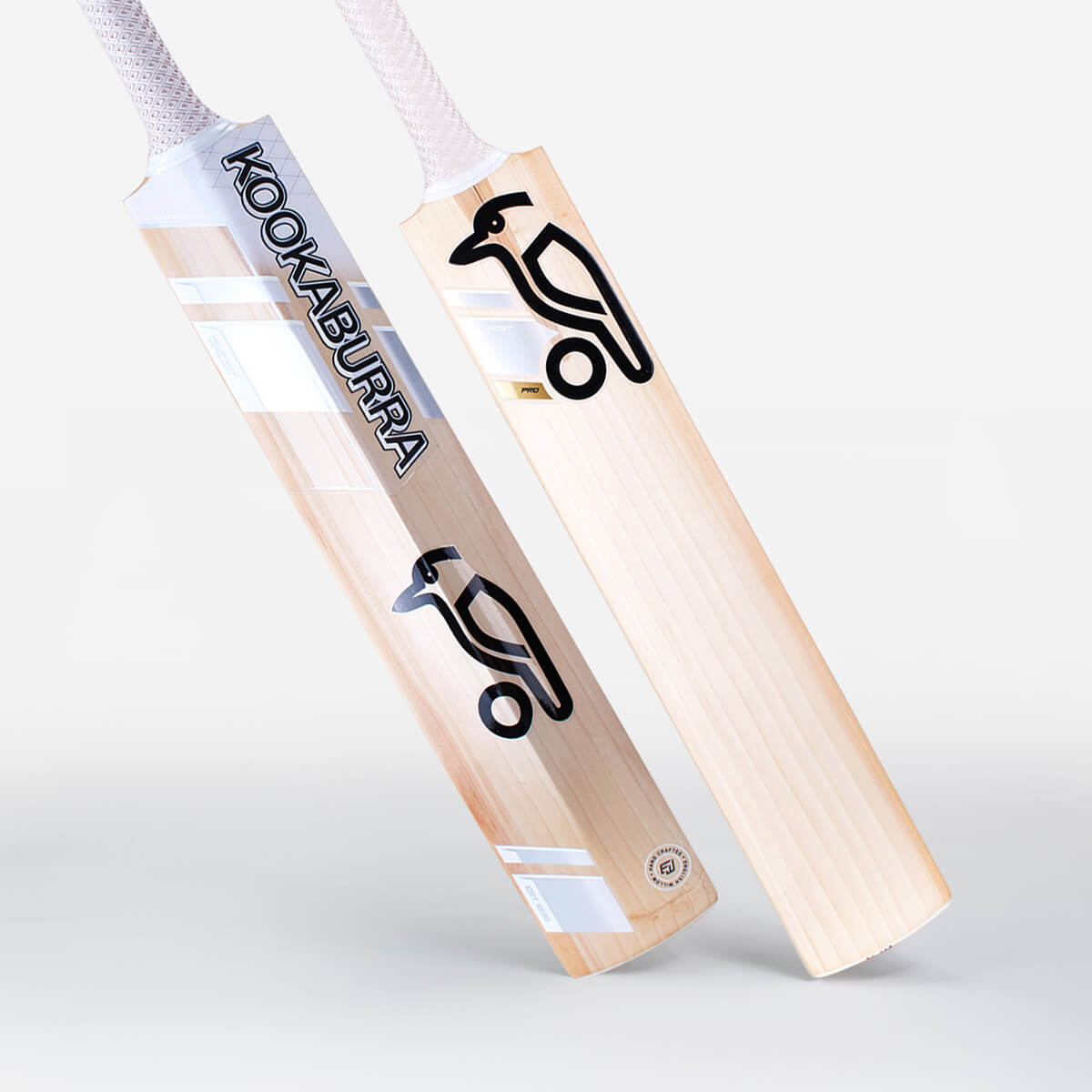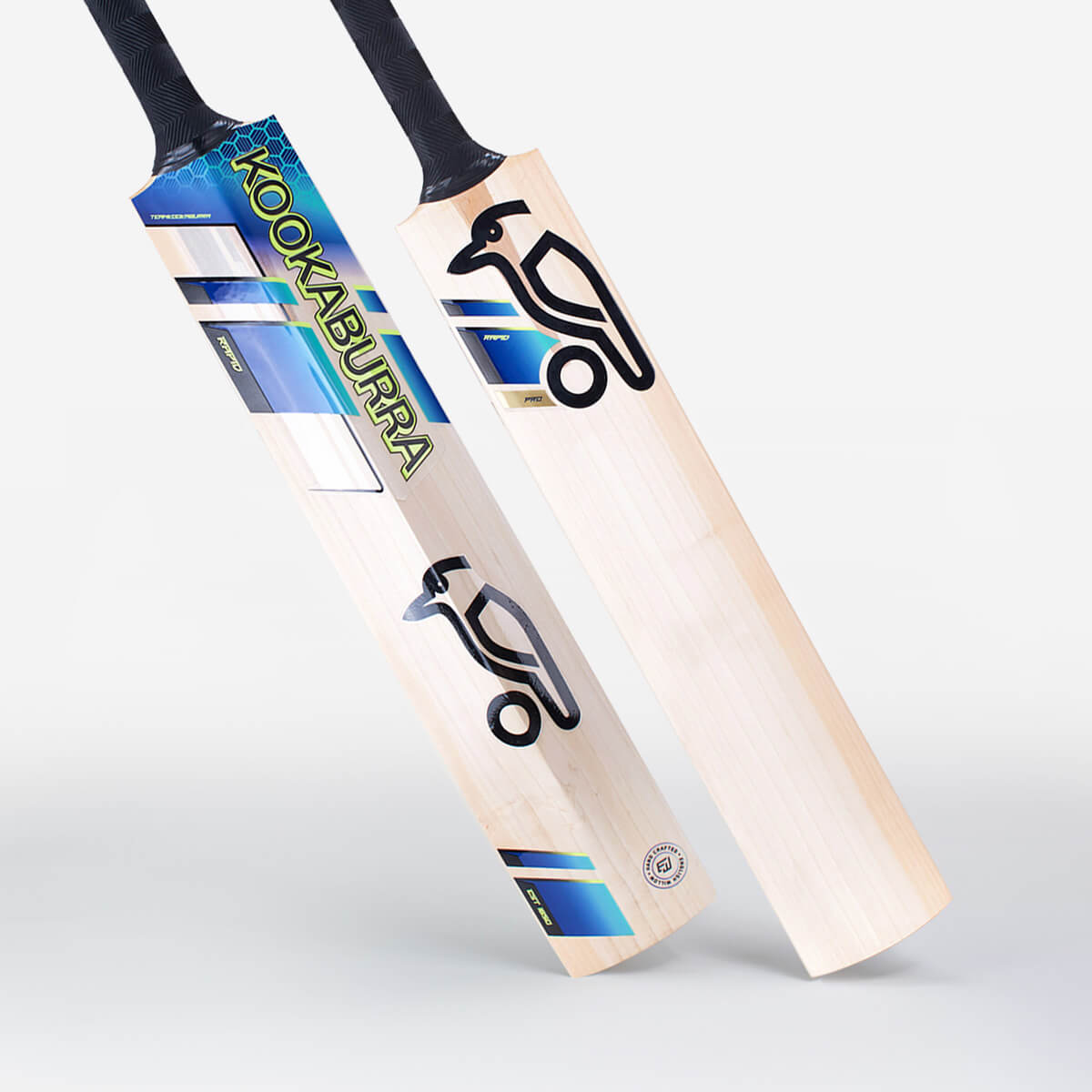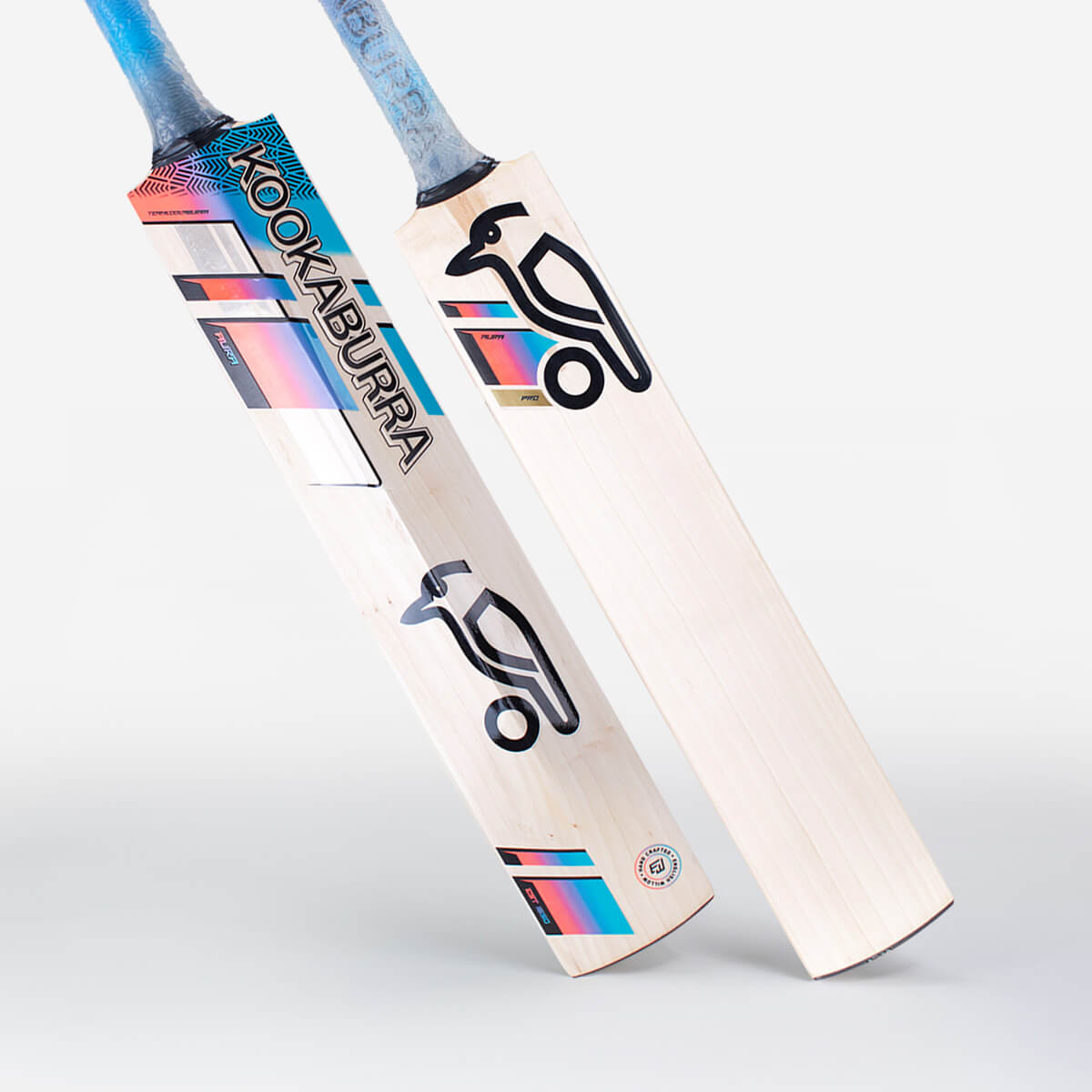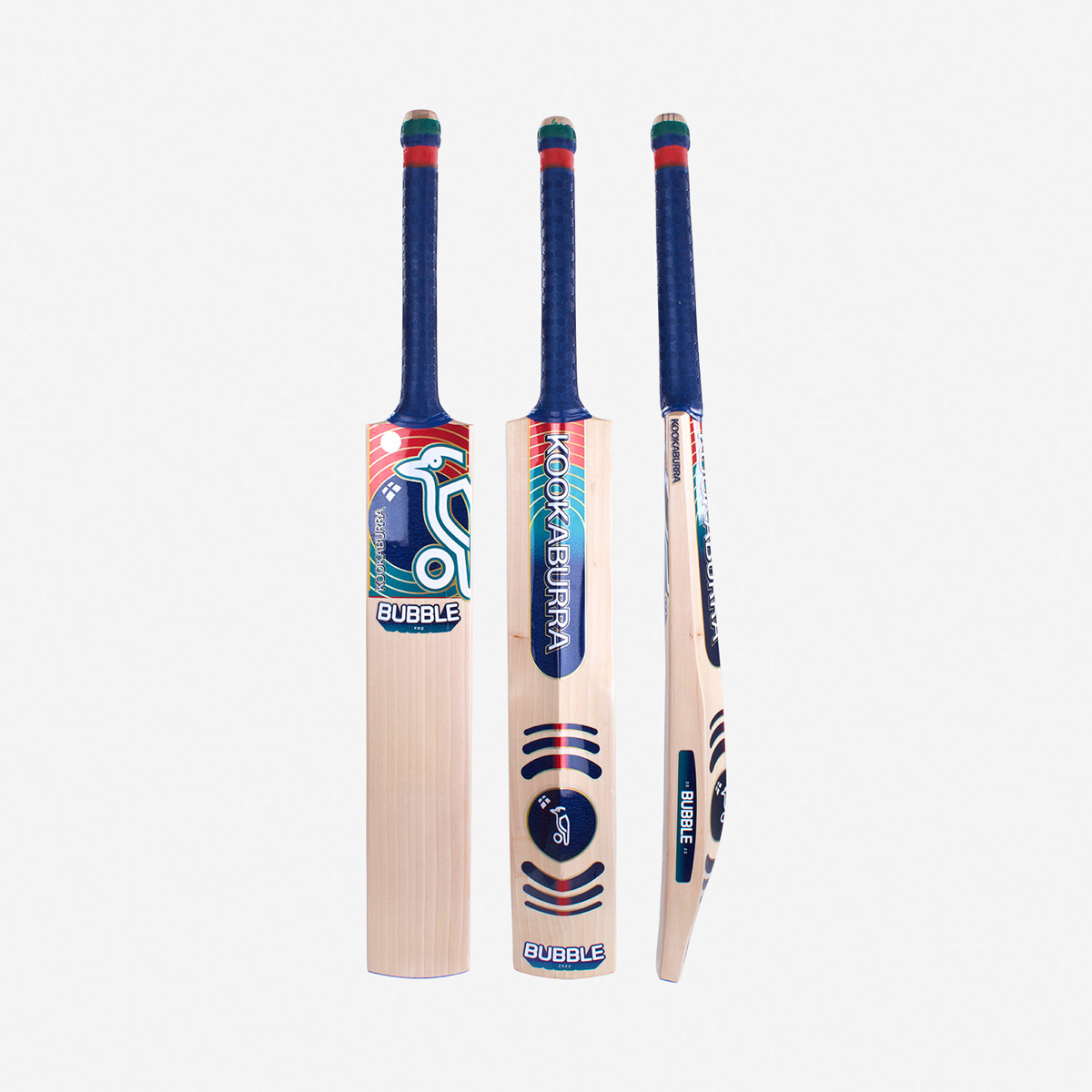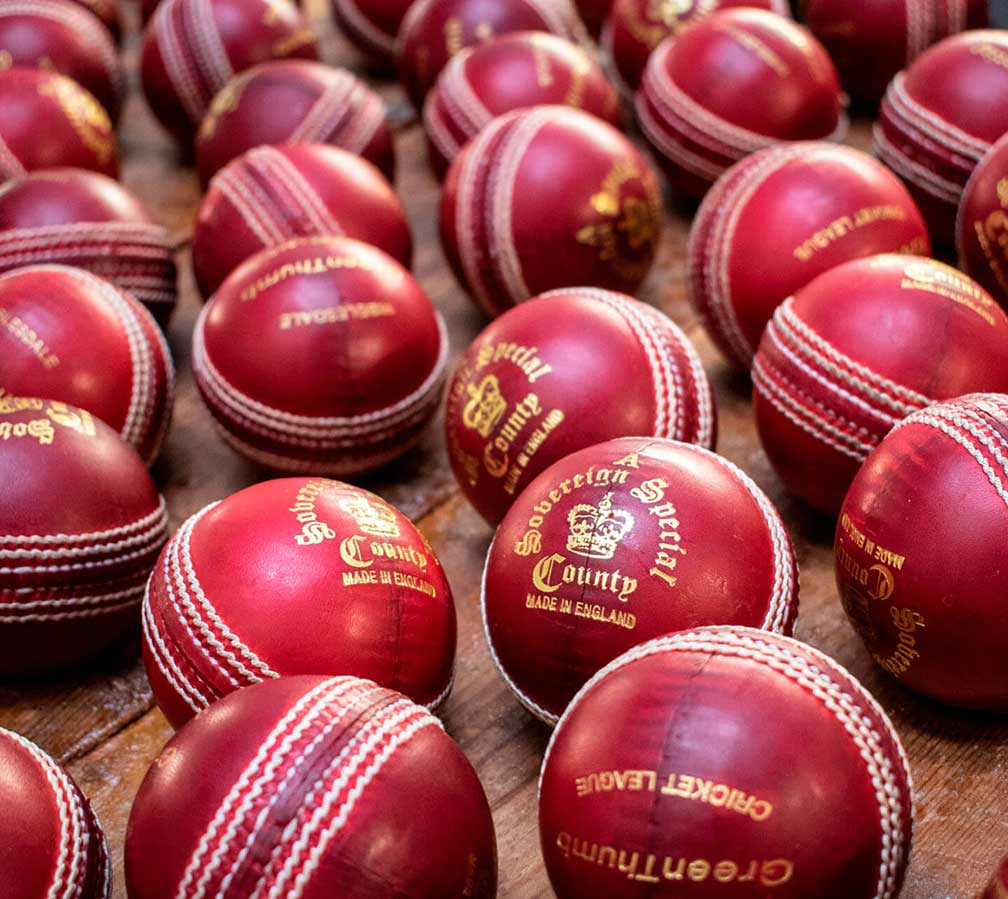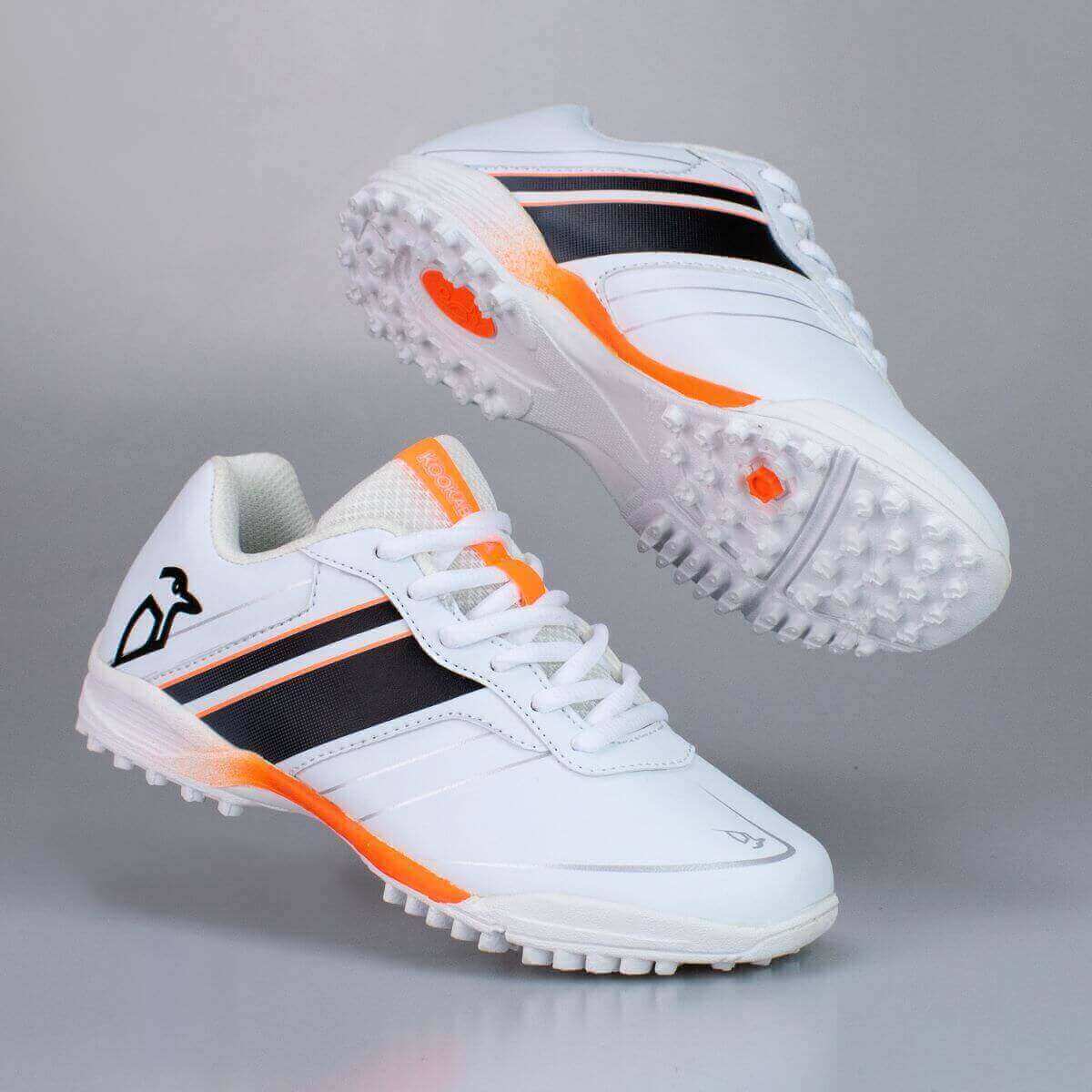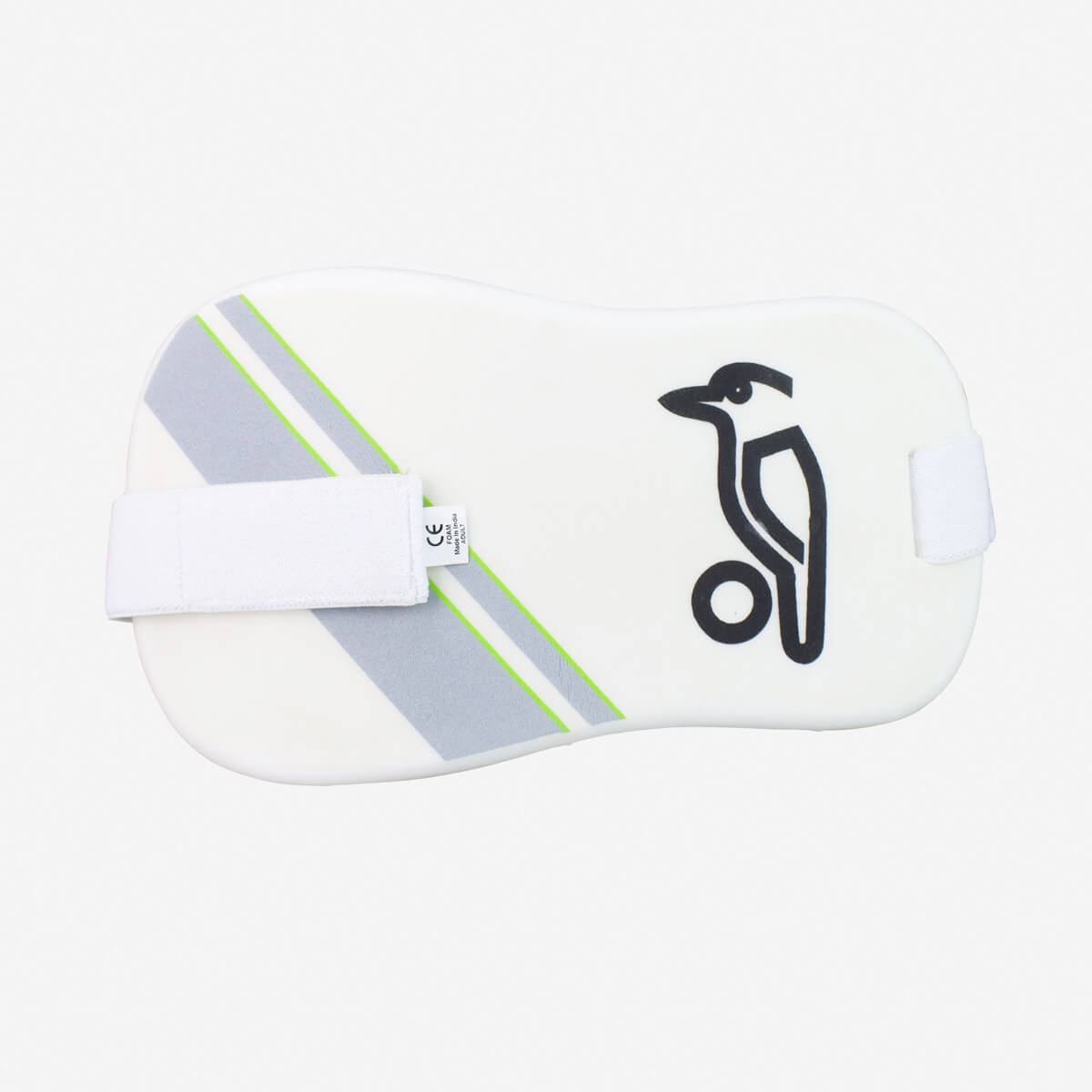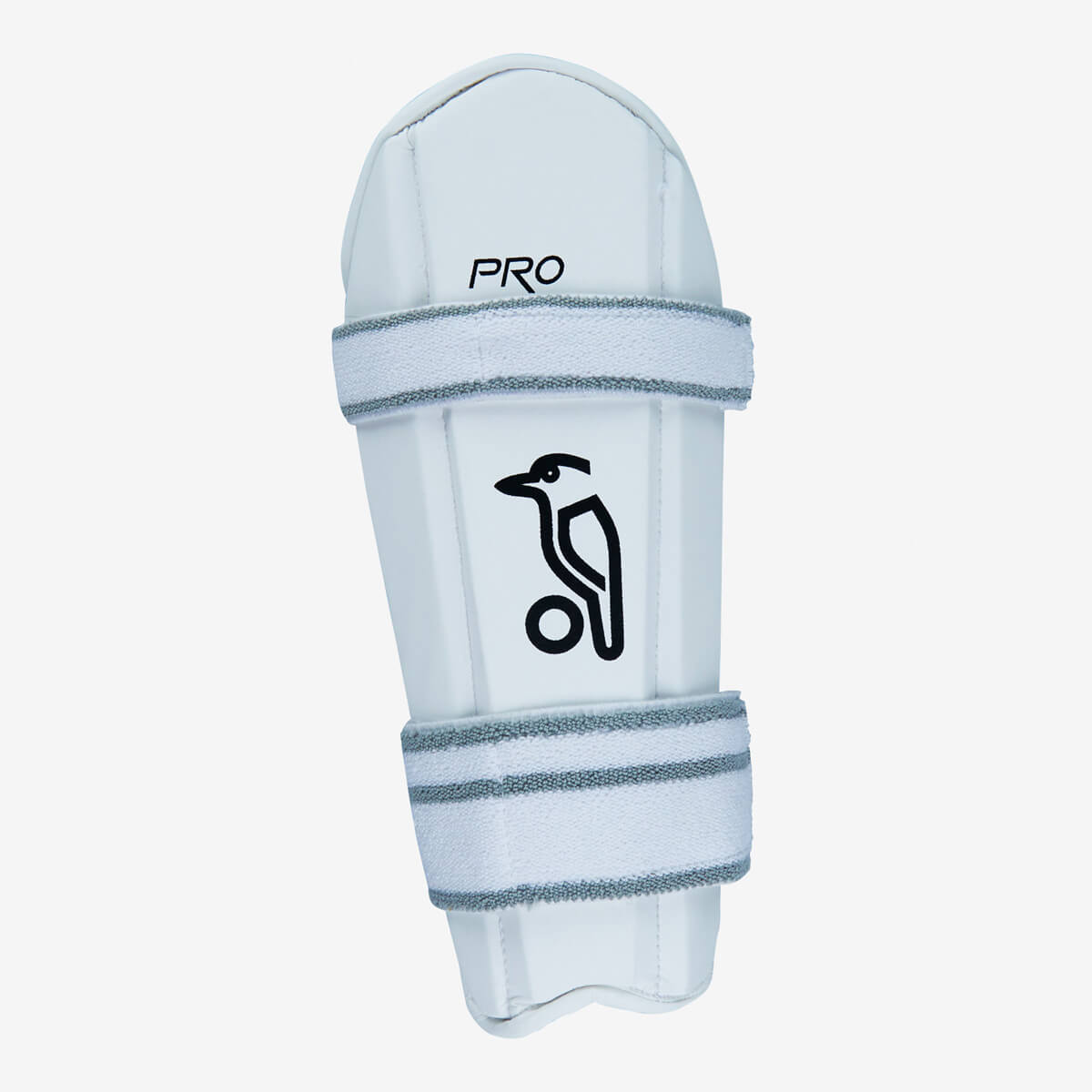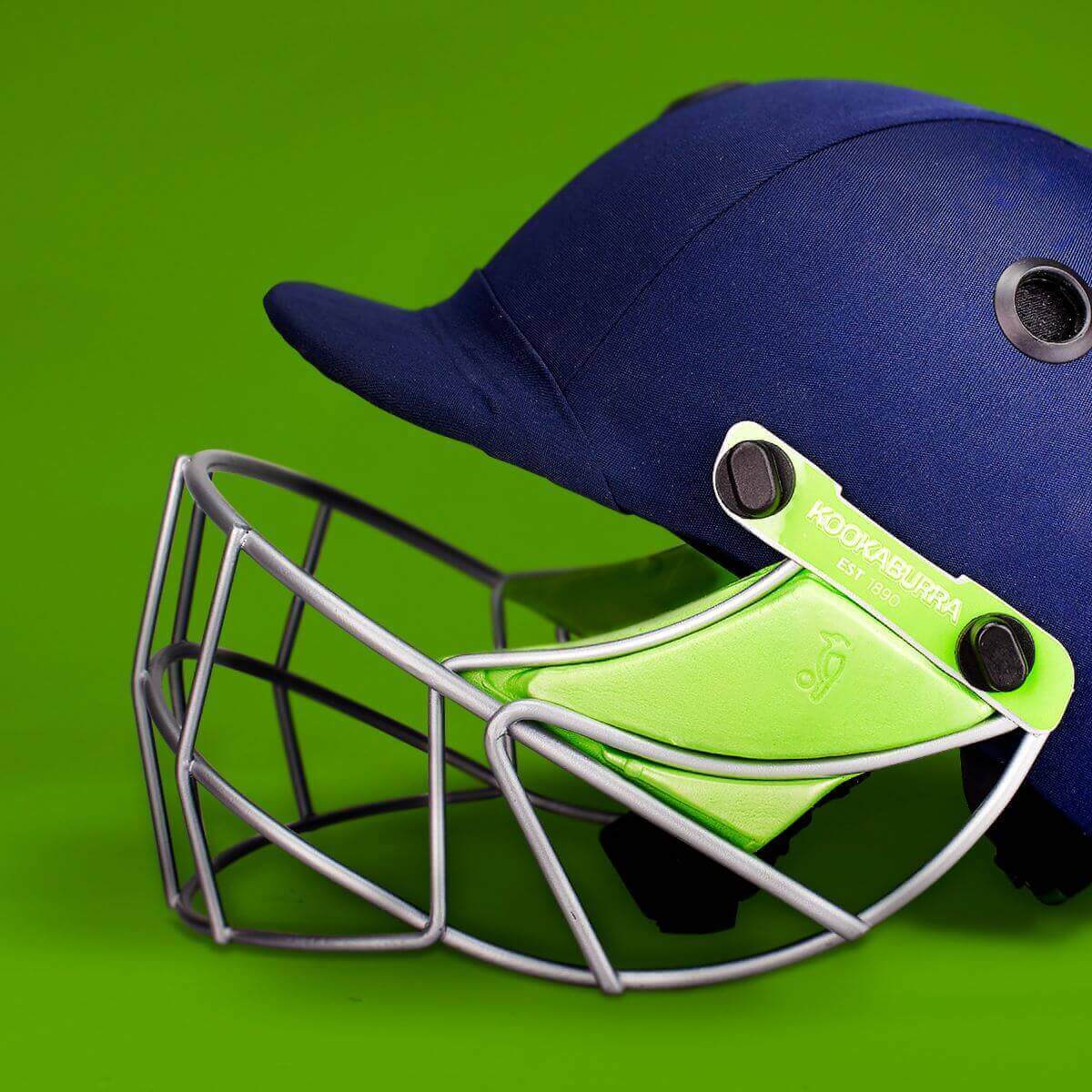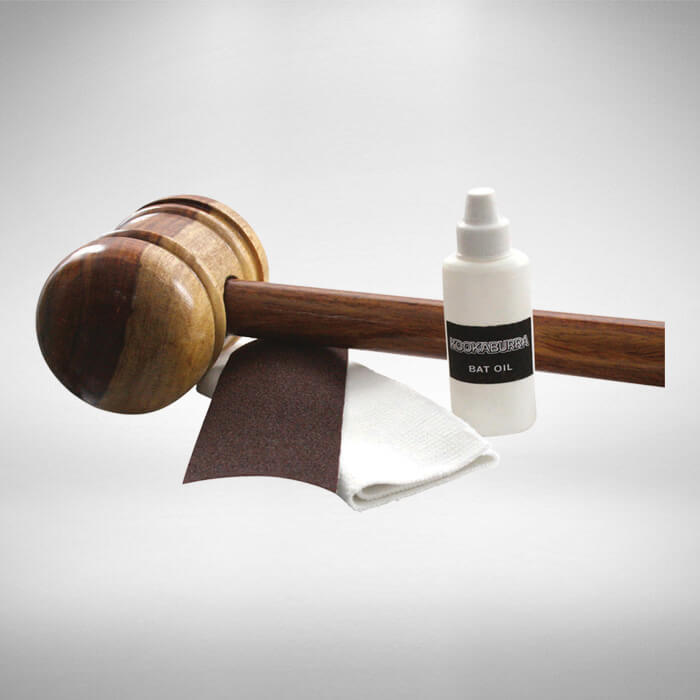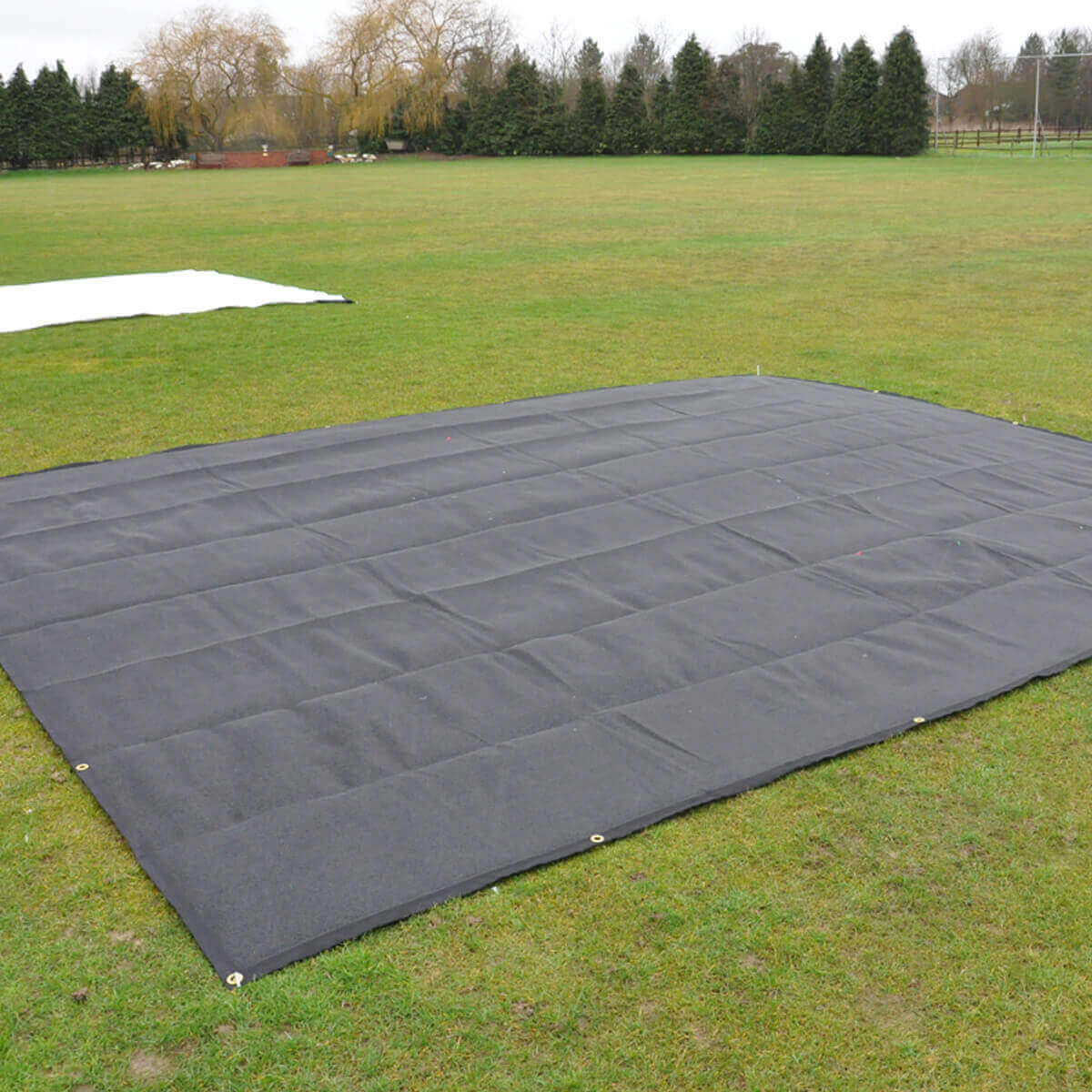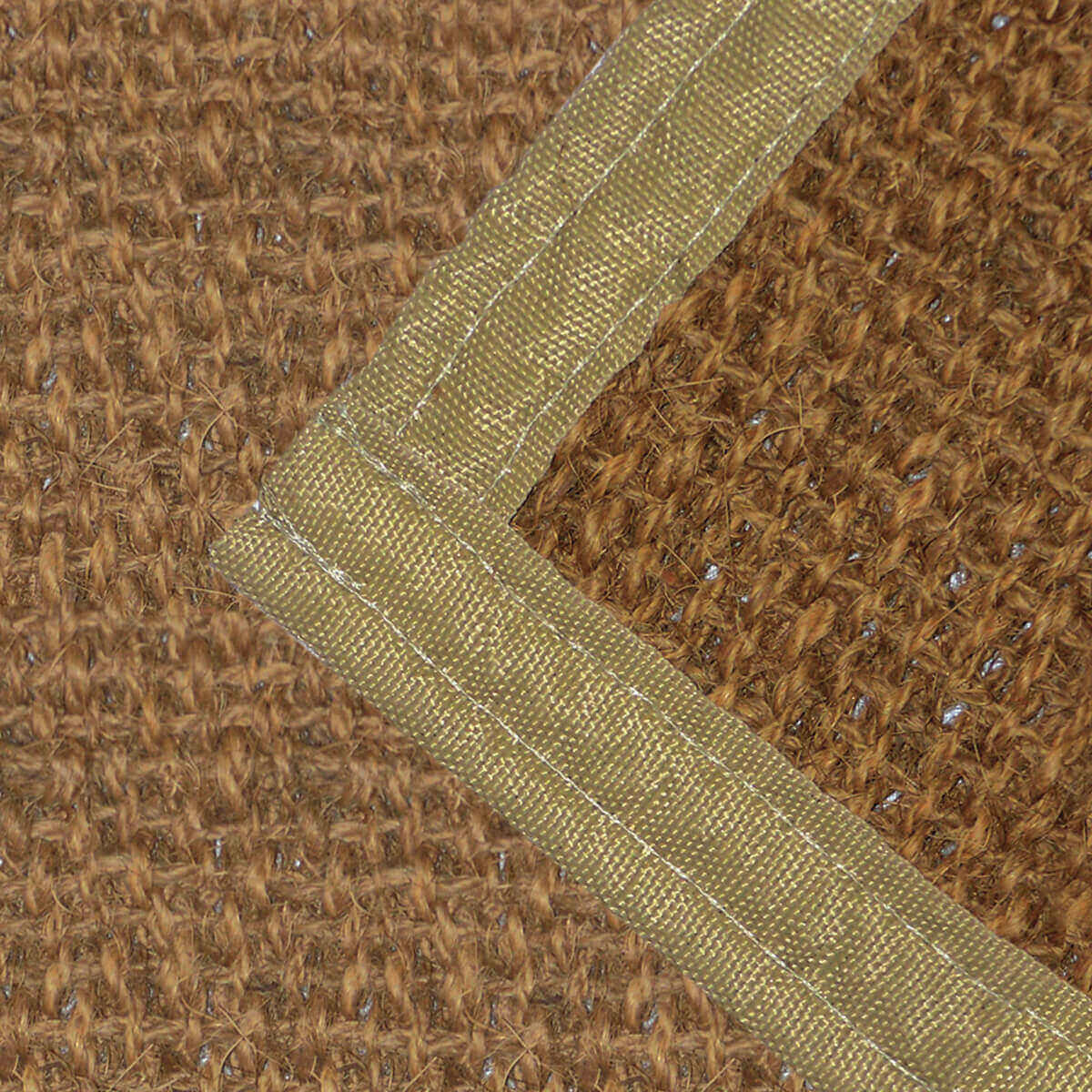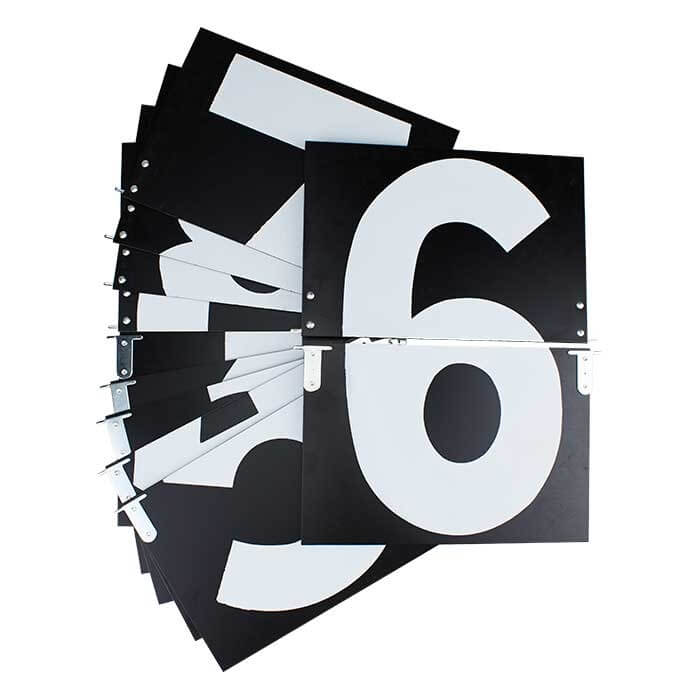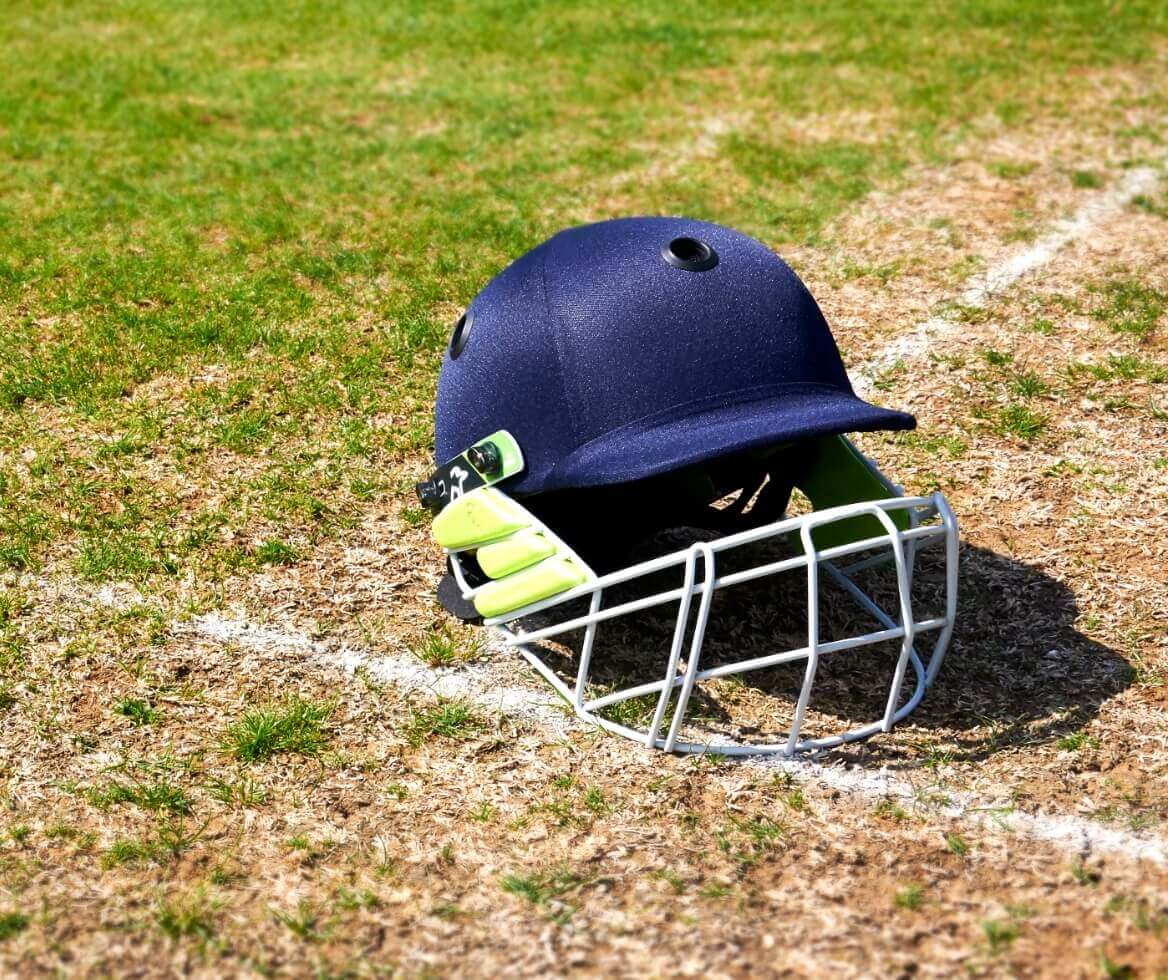Making cricket bats has been a special skill since cricket began. It is a subtle art that has been passed down to craftsmen for hundreds of years. Shaped something like a paddle, cricket bats need to be both lightweight yet sturdy and shock resistant enough to withstand the harsh leather balls they encounter at such high speeds.
Instead of being governed by rules like other sports, Cricket is governed by laws. These laws are set by Marylebone Cricket Club, the guardians of the laws of cricket, rather than the ICC which is the game’s international governing body. The laws that are followed in cricket had been codified and existed since the 1700s. In total, there are a total of 42 laws of Cricket that exist today but the law that we want to focus on is law 5. Law number 5 indicates the precise specifications of the bat, including the material, purpose, measurement, and grading to be considered while designing and using a Cricket bat.
Now, every cricket fan has heard the descriptive cliche “the sound of leather on willow” more times than they could count and of course, bats are made of that adaptable and flexible wood. But the blades used in cricket are carved specifically from a particular species of willow named white willow, or more specifically salix alba, which is native to Europe and western and central Asia. Cricket bat wood is a highly specified and governed part of the bat-making process. Cricket bats may come in different sizes but the length of the cricket bat may be no more than 38 inches and the width no more than 4.25 inches.
What Types Of Cricket Bat Can You Buy?
While cricket balls in local tournaments vary largely from soft tennis balls to leather balls, depending on where & who plays the game, the materials that Cricket bats are made out of have largely remained the same and have been consistent in the last 3 decades. Despite the restrictions on the material and the physical dimension of the bat, the story of the Cricket bat has been filled with plenty of adaptation to the evolving needs and with no dirt of innovation spirit.
The origins of cricket can be traced back to the early 16th century, the oldest bat on record, currently displayed in the Sandham Room at the Oval in London, dates back to 1729.
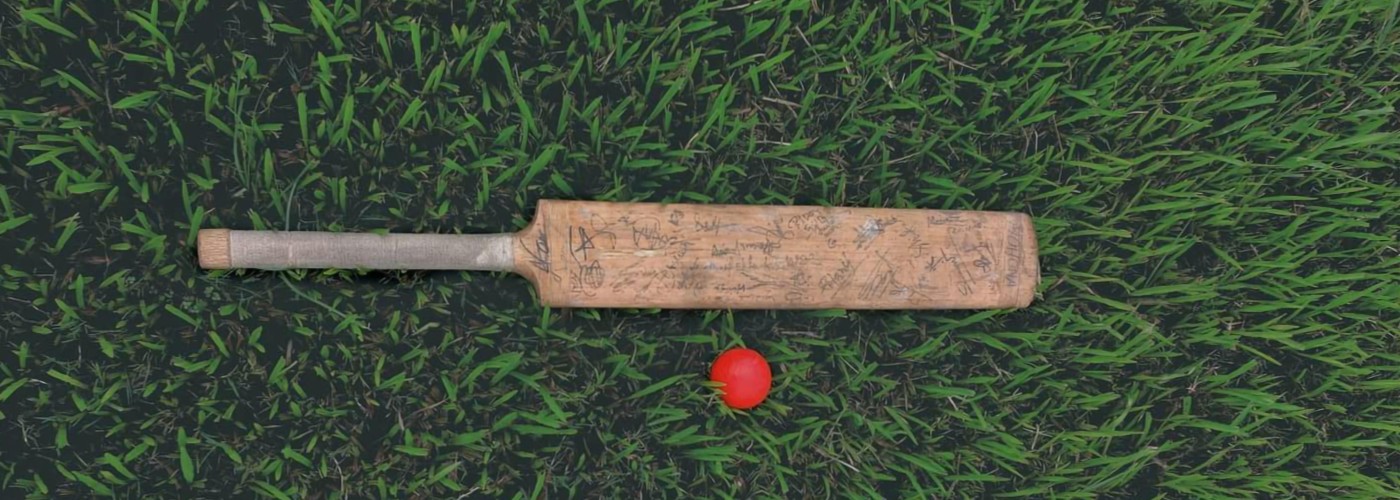
English willow cricket bat
There are a number of woods used for the manufacturing of cricket bats but the most preferred wood used for professional cricket bats is English willow. As you might be able to tell from the name, English willow comes from England and it’s also called white willow.
English Willow is used for the production of professional cricket bats all over the world. This is because it is the only wood that can provide the strength and compression needed to withstand the full force cricket ball. Cricket bat wood is a heavily regulated part of bat manufacturing and must follow a number of cricket laws.
Kashmir willow cricket bat
As by their name, the Kashmir willow can be found in India and Pakistan and they are manufactured in the regions of Jammu and Kashmir. Due to the hotter and drier conditions, this willow is also a bit denser, which makes Kashmir Willow bats heavier. Due to the difference in colour, bats made by Kashmir willow can be easily distinguished from the English willow cricket bats.
Because they are less resilient and use a lower quality of willow in comparison to the white willow, it does make them a more affordable option and they tend to be produced as low-cost junior bats and low-end adult bats. Once you become a better player or start taking the game that little more seriously, you can switch to English Willow.
Training cricket bats
Training cricket bats are specialised cricket equipment to improve and help you to practice your cricket skill. If you want a low-cost cricket bat to develop your batting skills or to use for assisting catching practice, there are several training bats available to purchase too.
Some training bats that are available include the Gray-Nicolls Cloud Catcher bat, which is made from premium English Willow. Kookaburra also offers a high-quality Premier Fielding practice bat, which is used by many professional coaches. There is no particular piece of wood in the manufacturing of these cricket bats and they can be made out of Kashmir willow or English willow.
Training cricket bats generally come in different sizes and widths, suitable for most players, with some of them having a shorter handle and smaller blade. These training bats are a great tool for improving your hand-to-eye coordination, or for practising and perfecting the ability to middle the ball when playing attacking shots, or to defend.
The Future Of Cricket
It has become apparent over the last few years that bats are continuing to get bigger. While bats are governed by rules on size, the length of the bat may be no more than 38 inches and the width 4.25 inches,there was no limit on weight or depth. This prompted the MCC to
act in 2017 as the game seems to be weighted in favour of the batters.
Changes were made to law 5.7 which meant that as well as the length and width of the bat being limited, the edges and size of the sweet spot were also subject to maximum proportions. The spine now has a maximum depth of 67mm and the edges are limited to 40mm, allowing for a 2mm curve of the face.
With the quality of a bat making such a difference to the outcome of a match, it can be the most important piece of cricket equipment you will buy and the one you will take the most time choosing. Sometimes it can be hard to choose a Cricket Bat online, it’s great to get your hands on one as you want to see it, feel it, count grains, or check the pick-up…but with our experience, it’s amazing how often we are able to pick the perfect Cricket Bat for you.
View our range of Cricket bats and cricket bat accessories here or contact our team for more information.



